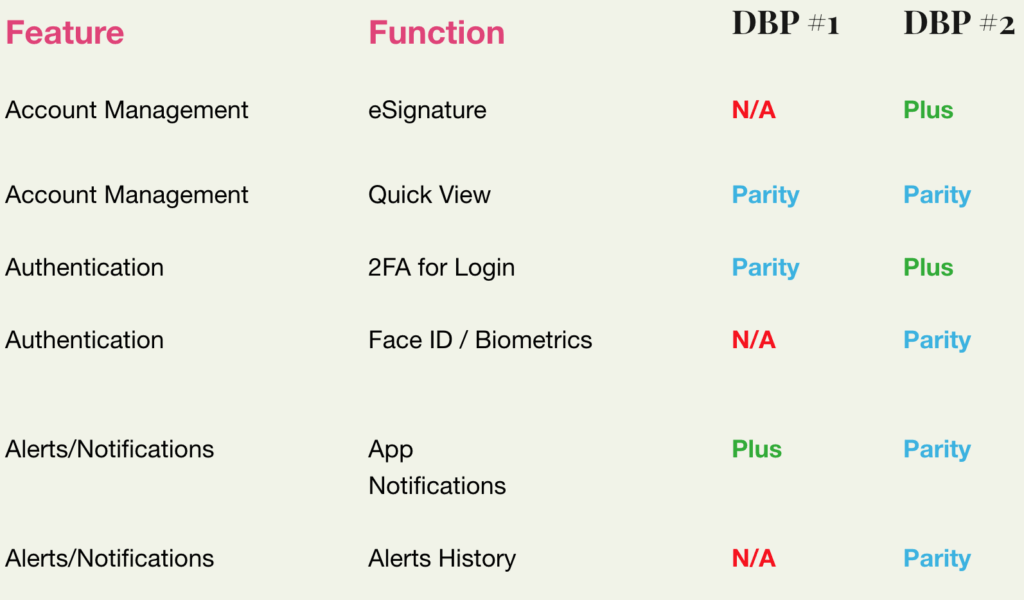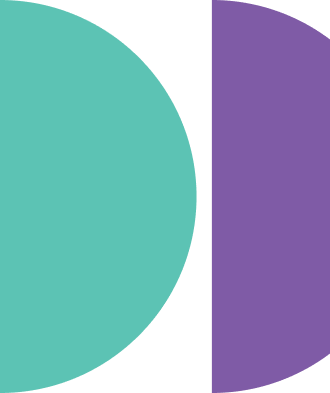By Adrian Moise, CEO of Aequilibrium
In Brief: Choosing 'Plus' over 'Parity'
- Start early or risk failure: Waiting until 2026 risks rushed vendor choice, misalignment, and missed deadlines.
- Speed to market is a key differentiator: A modern DBP will allow for a faster, more personalized response to volatile customer expectations and business environments.
- Aim for “parity plus,” not just parity: Keep current features and add personalization, mobile-first UX, and flexible integrations.
- Assess with AEQ's 4 lenses: Business, Experience, Technology, and Governance for full risk/cost clarity.
- Align early: Define scope, run POCs, use heat maps, and involve the board from the start.
The Deadline Is Closer Than It Looks
Waiting until 2026 to start migration is risky. Every month you delay erodes the time and flexibility available to evaluate vendors, align internally, and implement without rushing. For many CUs, Forge sunsets as early as November 2026, meaning contracts, designs, and integrations must be locked well before then.
Parity vs. Parity Plus
In every migration conversation, “parity” is the baseline. It means you retain everything members have today, so they don’t lose features or face unnecessary retraining.
But “plus” is where the opportunity lives. “Plus” means:
- Insights-driven personalization powered by your CRM
- Modern, mobile-first experiences that feel effortless
- Omnichannel continuity — no friction moving between mobile, web, and branch
- Flexible integrations so you can innovate without waiting for the vendor and be ready for Open Banking
- Business adaption to fast-changing customer expectations and environments
Understanding Feature Comparisons via AEQ’s Four Lenses
The best way to assess your Digital Banking Platform (DBP) migration options is to holistically examine business & strategy, experience, technology and governance & project delivery, rather than using a features checklist alone.
- Business & Strategy
- N/A: The platform simply doesn’t offer the feature, meaning you’ll need to buy or integrate something else.
- Partial: The feature exists but falls short of your strategic goals (e.g., digital onboarding that can’t handle your identity verification process).
- Full: Meets your current and near-term business needs.
- Plus: Goes beyond today’s goals, opening new opportunities for growth, efficiency, or member engagement.
Key Questions to Ask
- Does the platform support our competitive positioning for the next 5 years?
- Can we adapt without costly, disruptive vendor change orders?
- If we integrate a best-in-class third-party, will the cost and risk still make sense?
2. Experience
From your members’ perspective, “Partial” often feels worse than “N/A” — because they think they have something to use, but it’s clunky. A designer on our team put it best:
"if members have to open a separate window or deal with a popup for bill pay, the experience is already broken"
Key Questions to Ask
- Does the new DBP reduce friction across channels?
- CWill migrating require retraining members on critical journeys?
- Are you replicating existing pain points or removing them?
3. Technology
This is where Out-of-The-Box (OOB), configured, and extended come in:
- OOB: Works right away, minimal effort, low risk
- Configured: Needs some tailoring, low to moderate cost/risk
- Extended: Requires a custom build, higher cost, and possible upgrade challenges later
This is also where you evaluate readiness for:
- Integrated AI and analytics across all digital channels (DBP and public website)
- Open Banking integration (e.g., Flinks, Caspian One)
- Cloud alignment (Azure, AWS, Google)
- Identity management options (e.g., Okta, Plaid, Alloy)
4. Governance & Project Delivery
This requires everything from
4.1 Program-management of the Forge Migration process:
- Defining the evaluation criteria
- Clarifying roles and responsibilities and the decision making process
- Meeting cadence, agenda, and following up on action items
- POC definition and assessment
4.2 Board & Executive Alignment
- Education
- Updates
- Proposal presentation and approval
4.3 Procurement & Contracting
- Vendor selection
- POC evaluation
- Product selection
- Due diligence
- Scope definition of feature set, integrations, Canadianization, etc.
- Contract Statement of Work and Master Services Agreement
- Negotiation and pricing
4.1 Program-Management: Making Actionable Comparisons
Scope definition is very important, as you are not only choosing a vendor, but also a specific configuration of their platform. So you must be clear on your envisioned:
- Set of features
- Integrations
- Operating model
- Roles and responsibilities
- Set of key assumptions
Below is an example of how the first point, the Feature Set, can be set up to provide comparative insight into each DBP.

Beyond this table, you also want to clarify:
- What is included OOB,
- What can be configured with minimal cost/risk, and
- What requires an extension from the default OOB user experience
Once an initial feature set is evaluated, the scope can be captured effectively using an extended heat map, which compares Forge and each candidate DBP across:
- Feature presence (N/A, Partial, Full, Plus)
- Business impact
- Experience quality
- Tech effort (OOB, Configured, Extended)
- Total Cost of Ownership (TCO) — including costs for extra platforms you may need to add
Combining these dimensions forms the ultimate heat map that gives you a much clearer view than any vendor’s brochure could offer. What’s more, you are able to compare costs, risks, and timeline across the various DBP options.
4.2 Board & Executive Alignment
Your board should be engaged throughout the migration process, not just at final approval. A well-aligned board can be your strongest ally in securing budget, setting priorities, and holding the team accountable.
A Board & Executive Alignment Checklist can guide these conversations:
- Vision - Is this migration a step toward growth or just survival?
- Roadmap - Do we have timelines for all key systems, not just the DBP? /li>
- Ecosystem - Are Content Management System (CMS), Customer Relationship Management (CRM), analytics, AI, and cloud part of the conversation?
- Budget & ROI - Have we defined the long-term gains, not just the costs?
- Change Readiness - Are staff trained and member communications prepared?
Keeping governance connected from the start avoids surprises and enables faster, better-informed decisions.
4.3 Procurement and Contracting
Procurement is often underestimated in migration planning — yet it can be one of the longest stages. The more thorough your requirements and evaluation process, the less likely you are to face costly surprises post-contract.
Start early by:
- Mapping a procurement timeline backward from your go-live date.
- Involving procurement teams from Day One to align on process and compliance needs.
- Defining evaluation criteria that go beyond features — including integration flexibility, vendor responsiveness, roadmap alignment, and service-level guarantees.
- Considering total cost of ownership, not just license fees.
- Requesting proof-of-concept or sandbox access before contract signing to validate assumptions.
Early procurement engagement means your credit union can negotiate from a position of clarity, not urgency.
And that’s the difference between a vendor relationship that empowers your strategy and one that locks you into compromises.
Why This Work Can’t Wait
Choosing the right DBP is not the end: it’s the beginning of a coordinated, enterprise-wide shift.
The credit unions that start now will enter 2026 with confidence, aligned teams, and a clear member experience vision. The rest will still be in vendor demos when the clock runs out.
Ready to Future-Proof Your Migration?
Don’t wait until deadlines dictate your decisions.
Book a free 30-minute session with Aequilibrium to plan your timeline and find your “parity plus” edge.





